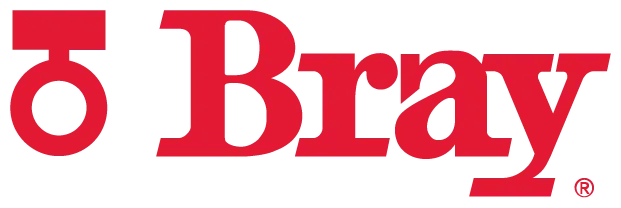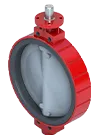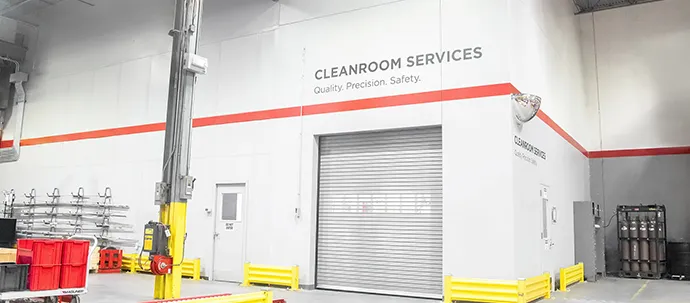More Details
Features & Benefits

-
A. Stem Retaining Assembly
The stem is retained in the body by means of a unique Stainless Steel Spirolox® retaining ring, a thrust washer and two C-rings, manufactured from brass as standard, stainless steel upon request. The retaining ring may be easily removed with a standard hand tool. The stem retaining assembly prevents unintentional removal of the stem during field service.
-
B. Stem Bushing
Non-corrosive, heavy duty acetal bushing absorbs actuator side thrust.
-
C. Stem Seal
Double "U" cup seal design is self-adjusting and gives positive sealing in both directions.
-
D. Neck
Extended neck length allows for 2" of piping insulation and is easily accessible for mounting actuators.
-
E. Disc
Casting is spherically machined and hand polished to provide a bubble-tight shutoff, minimum torque, and longer seat life.
-
F. Body
One-piece wafer or lug style. Polyester coating for excellent corrosion resistance. Nylon 11 coating is available as an option.
-
G. Primary & Secondary Seals
These seals prevent line media from coming in contact with the stem or body. Primary Seal is achieved by an interference fit of the molded seat flat with the disc hub. Secondary Seal is created because the stem diameter is greater than the diameter of the seat stem hole.
-
H. Stem
Precision double "D" disc to stem connection drives the disc without the need for screws or pins. The close tolerance, double "D" connection that drives the valve disc is an exclusive feature of the Bray valve. Disassembly of the Bray stem is just a matter of pulling the stem out of the disc.
-
I. Seat
Bray's tongue and groove seat design lowers torque and provides complete isolation of flowing media from the body. The seat also features a molded O-ring which eliminates the use of flange gaskets.
Explore More Bray Insights
Learn Even More About How Bray’s Solutions Can Impact Your Business














